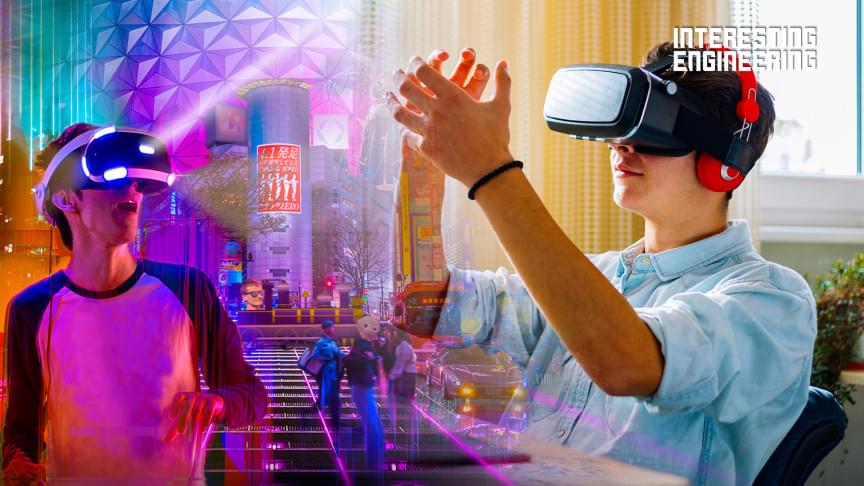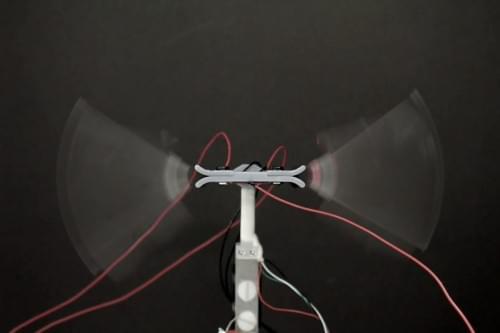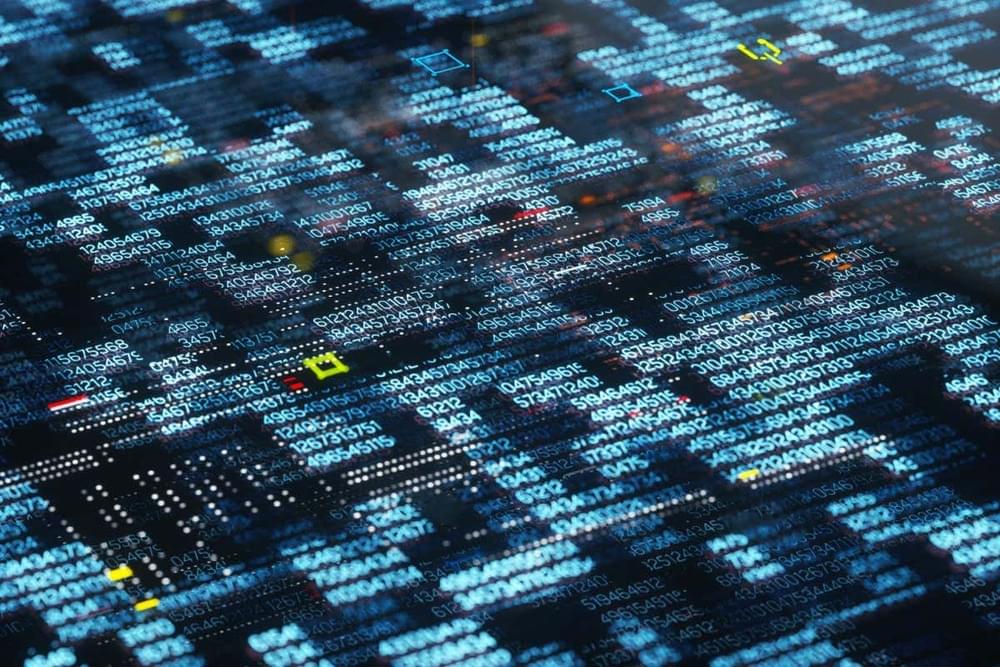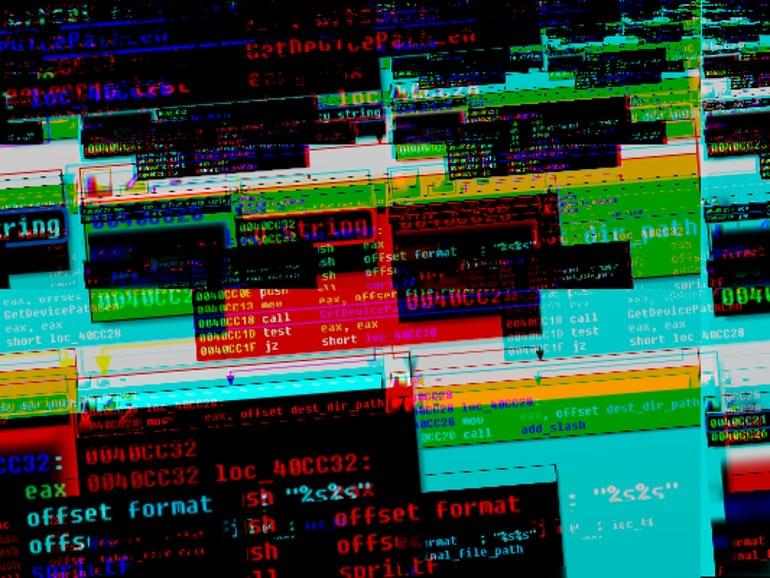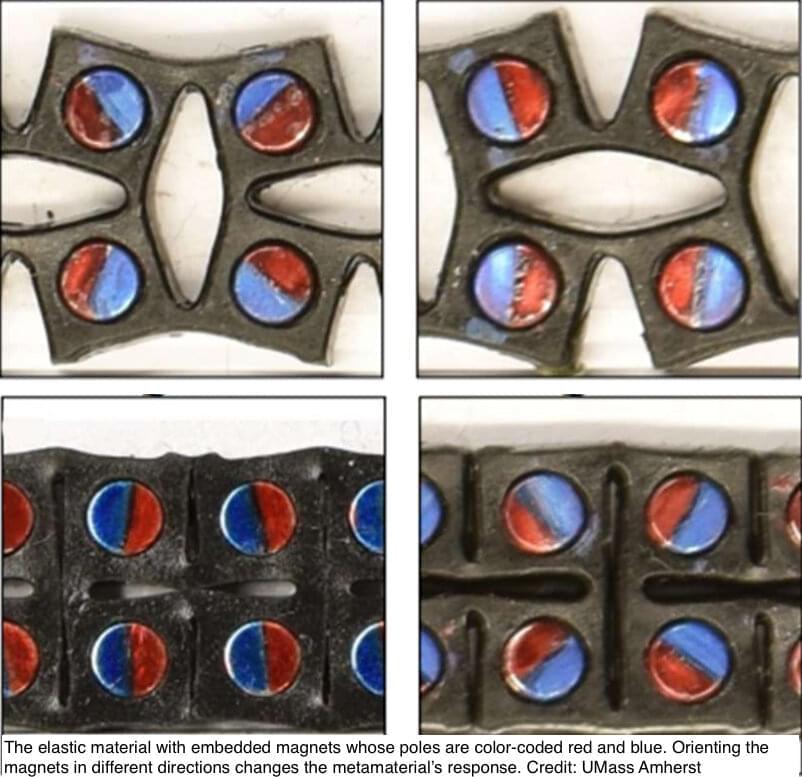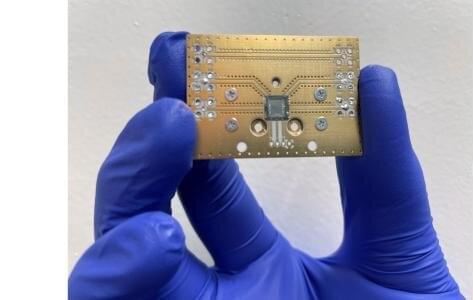Feb 3, 2022
Metaverse: what is it and what possibilities does it offer?
Posted by Gemechu Taye in category: robotics/AI
The concept of the Metaverse first blew up in October of 2021 when the company formerly known as Facebook announced its rebranding to Meta with an intent to build the metaverse, a virtual world where users could interact with each other and even play games. Meta, at the time, was said to be hiring 10,000 engineers to build the tools of the Metaverse.
The news made headlines around the world and had people asking: what exactly is a Metaverse? In short, it is an extension of our world, complete with concert venues, museums, and even robot training grounds. In fact, what you can build is only limited by your imagination. do the Metaverse and Omniverse work together? Can one exist without the other? We have the answers to all your questions and more.
